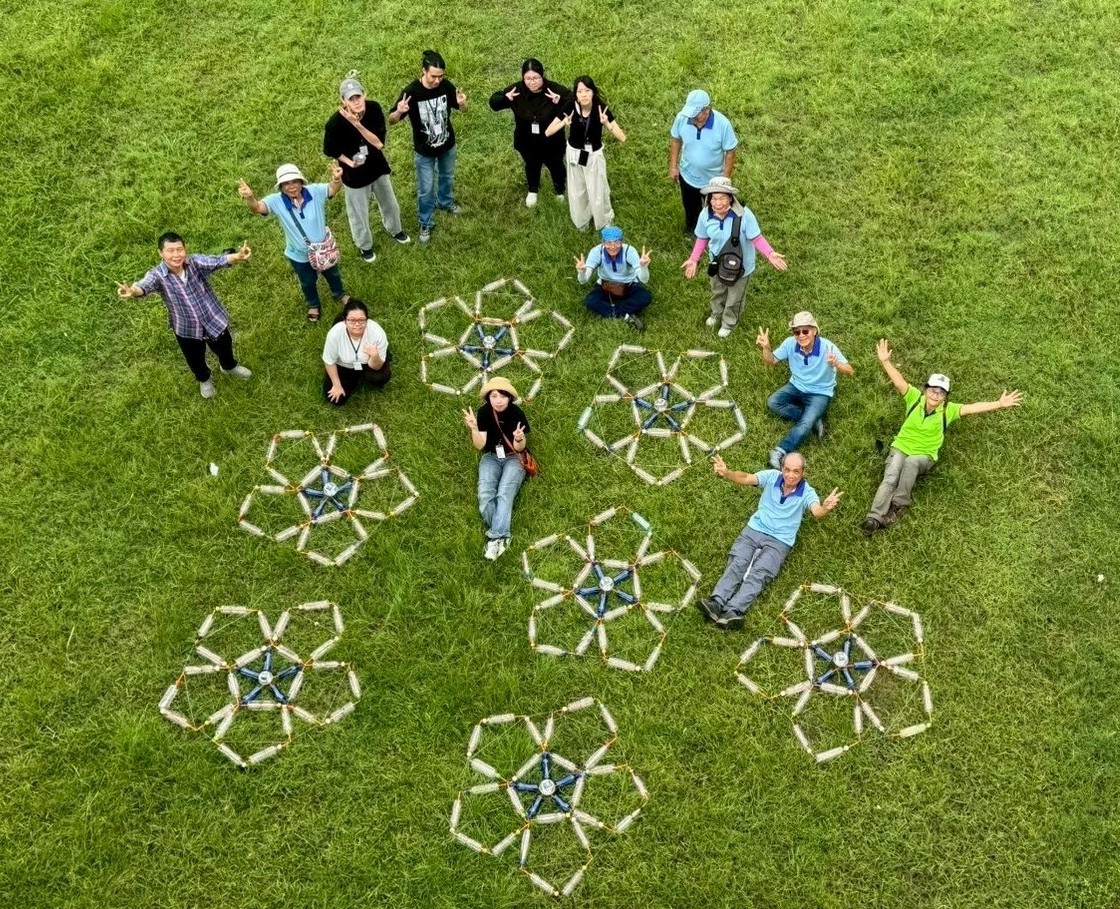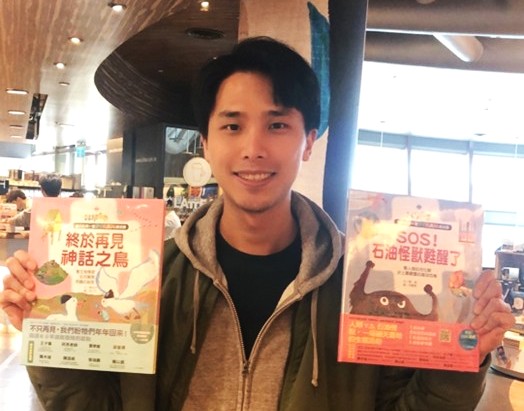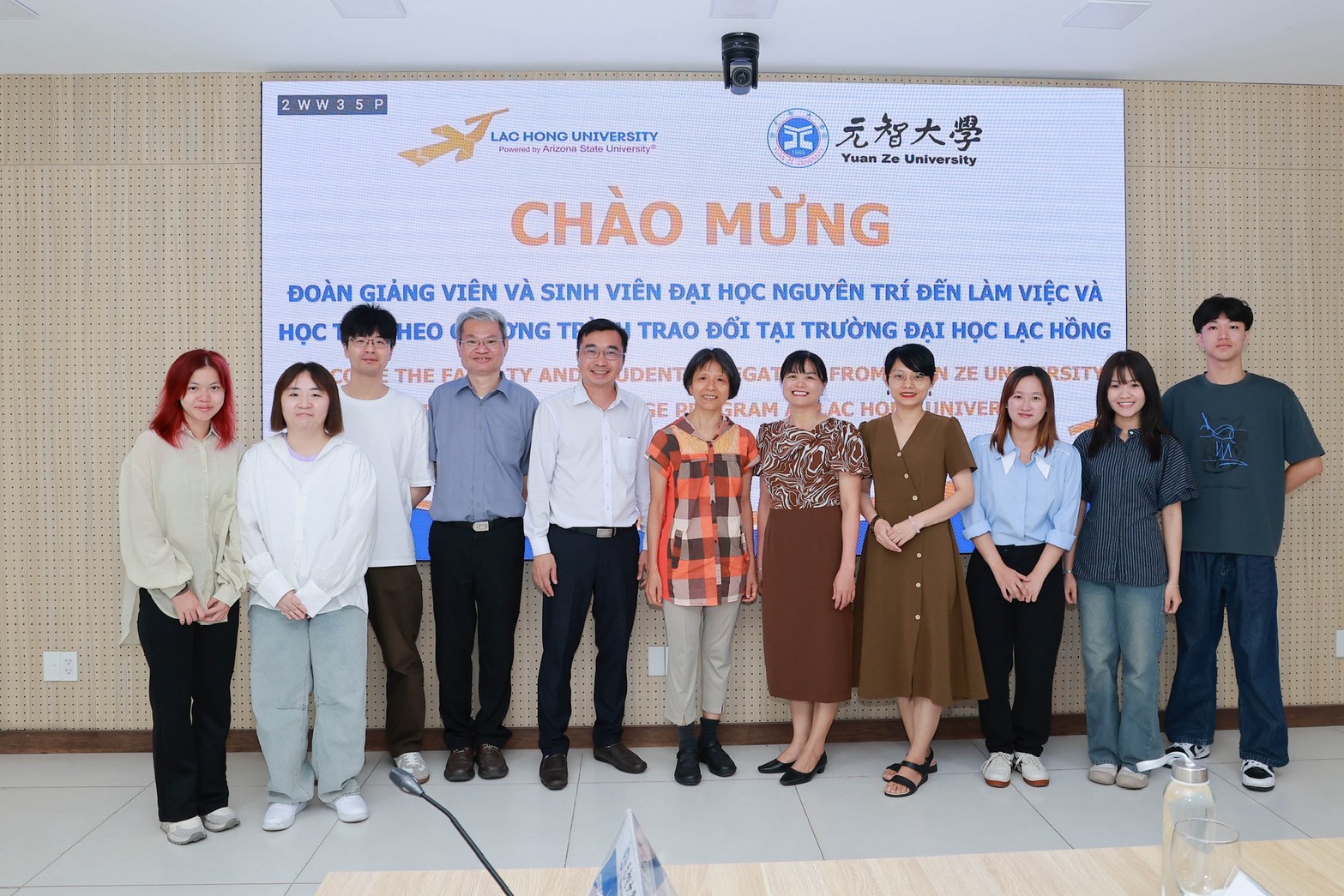Upholding the core value of environmental sustainability, the Department of Art and Design at Yuan Ze University was invited to participate in the 2025 New Taipei Wetlands Art Festival – Journey of Seeds, organized by the New Taipei City Government.
The department presented its artwork titled “Geometry of Seeds: Symbiosis of Opposites,” which was exhibited beneath Xinyue Bridge in Banqiao at the Xin Hai Phase II Artificial Wetland until November 4, 2025. The installation infused the wetland with innovative interdisciplinary artistic energy, showcasing Yuan Ze University’s strong commitment to combining art with environmental awareness and reflecting the university’s dedication to promoting environmental education and sustainable design through creative action.
Since its inception in 2017, the New Taipei Wetlands Art Festival had entered its sixth year. The 2025 theme, “Journey of Seeds,” symbolized how art germinated, spread, and coexisted within the ecosystem. Among the 14 exhibited works, Yuan Ze University’s piece, created under the guidance of Assistant Professor Wan-Wen Huang and her student team, used “seeds” as a metaphor to explore the balance between natural order, the cycle of life, and human activity.
According to Wan-Wen Huang, the inspiration came from the five-petaled flowers commonly found in wetlands and the vascular structures of aquatic plants—both representing the geometric beauty of nature’s order. The team constructed a floating structure made from recycled plastic bottles, connecting fluorescent frames into pentagonal and decagonal fractal forms. During the day, the installation resembled a floating landscape of PET bottles on the water’s surface; at night, faintly glowing geometric petals bloomed above the water, symbolizing the fusion and coexistence of the artificial and the natural. Huang explained that plastic bottles represented the urban cycle of consumption, while plant geometry embodied the ecological cycle of nature—two opposing yet interdependent systems that mirrored the delicate coexistence between humans and nature.
From concept to realization, the project took several months to complete. Starting in the summer, students from Yuan Ze University collected over 600 plastic bottles with the help of campus cleaning staff. The team undertook multiple steps—washing, drilling, sealing, connecting, and on-site assembly—to bring the work to life. They also collaborated with local wetland volunteers, gaining firsthand experience in the physical and conceptual challenges of environmental art while transforming artistic practice into a means of understanding nature.
Student Chieh-Jung Chien shared that growing up in Daxi, near the upstream of the Dahan River, he always remembered the river’s clear water. However, stepping into the Xin Hai Wetland in waders, he was surprised by the sticky texture of the mud. “This experience made me realize both the fragility and resilience of nature under pollution,” he said. “While nature has the power to heal itself, it also constantly reminds us of the pervasive impact of human activity. Through art, I learned that only through continuous adjustment and reflection can we find balance in coexistence.”
Student Chia-Chien Cheng reflected that combining seeds with geometry taught them not only to observe the order of nature but also to reflect on humanity’s role within it. “When the installation floated with the water’s movement, I felt the deep connection between art and sustainability,” she said. Fellow student Yu-Sheng Huang added that teamwork was the most valuable lesson: “From material testing and assembly to completion, we faced many challenges and received help from many people. That sense of accomplishment helped me understand the true meaning of artistic creation.”
Assistant Professor Wan-Wen Huang emphasized that art education was not merely about mastering creative skills but also about cultivating values and awareness. The Department of Art and Design had long been committed to teaching environmental art and sustainable design, encouraging students to engage directly with nature and urban spaces through hands-on projects. This approach fostered artistic talent characterized by humanistic concern and innovative thinking.
“Geometry of Seeds: Symbiosis of Opposites” expressed ecological cycles through artistic language and echoed Yuan Ze University’s educational spirit of “Innovation, Sustainability, and Practice.” The installation was not only a tribute to nature but also a dialogue between art and environmental education, and between the natural and the man-made. It became one of the most educationally meaningful and aesthetically profound highlights of this year’s New Taipei Wetlands Art Festival.
 English
English  正體中文
正體中文 



